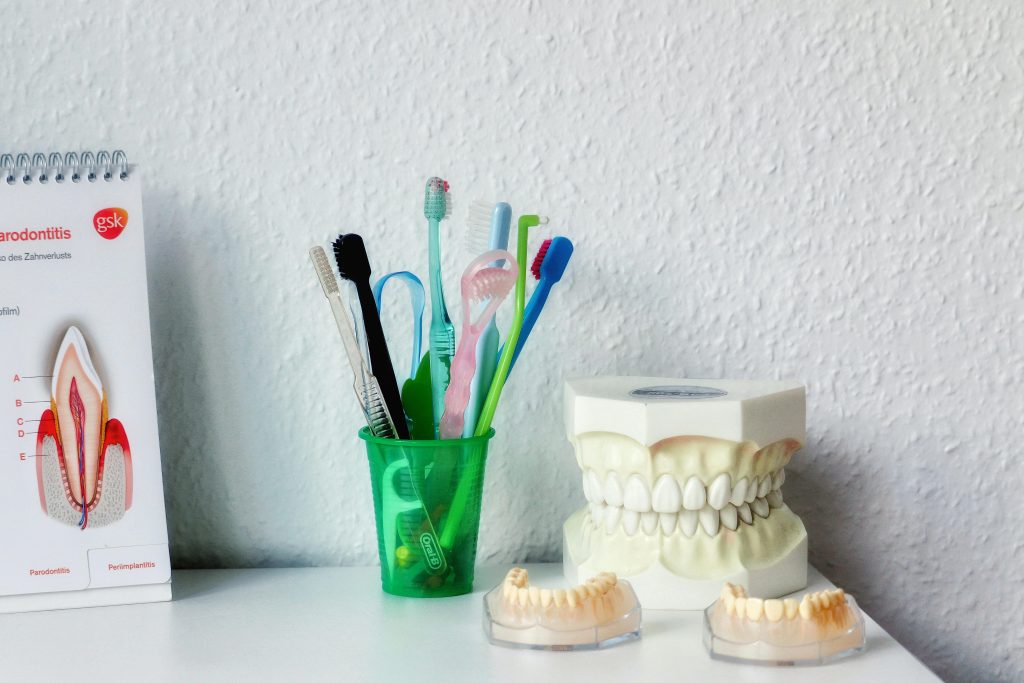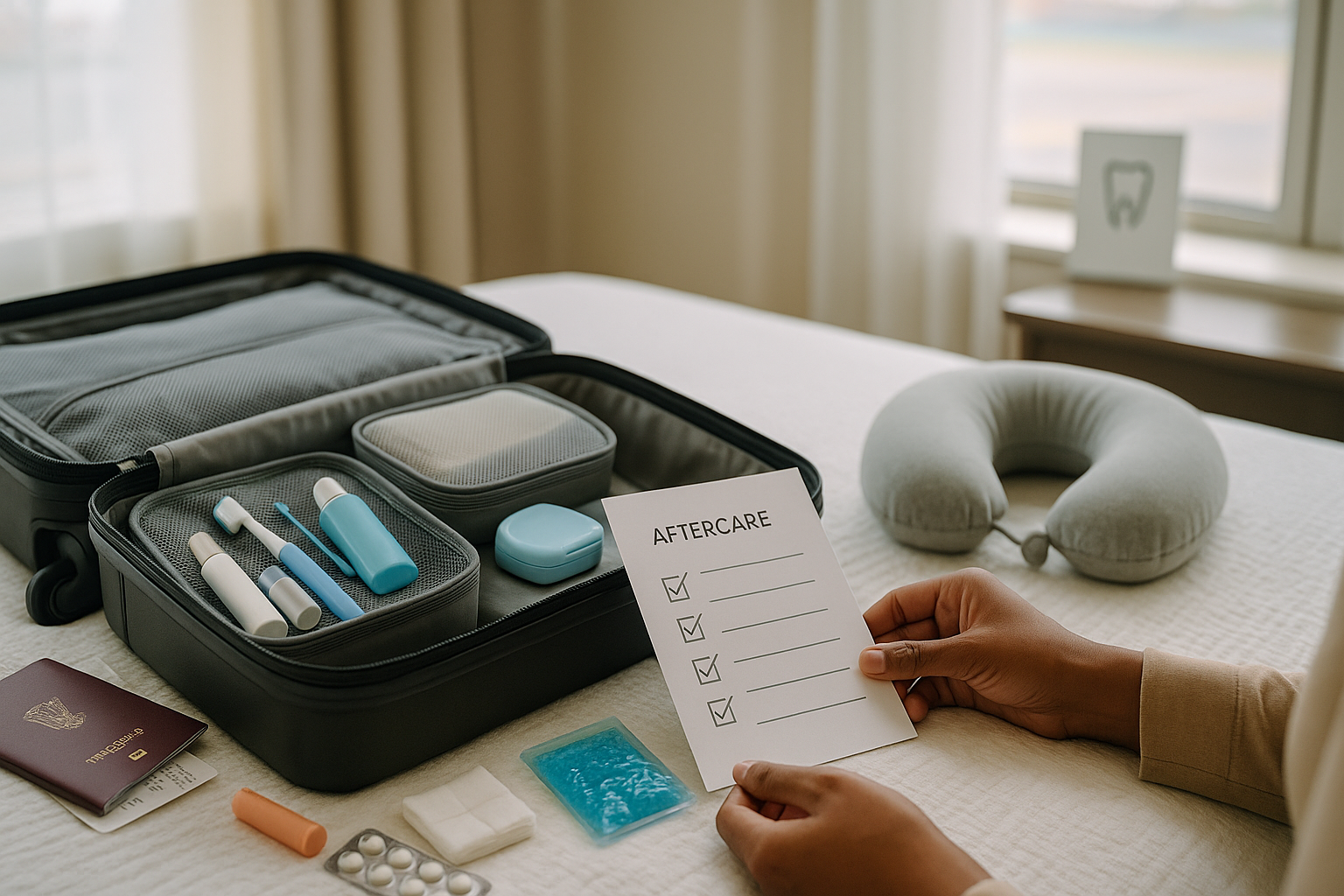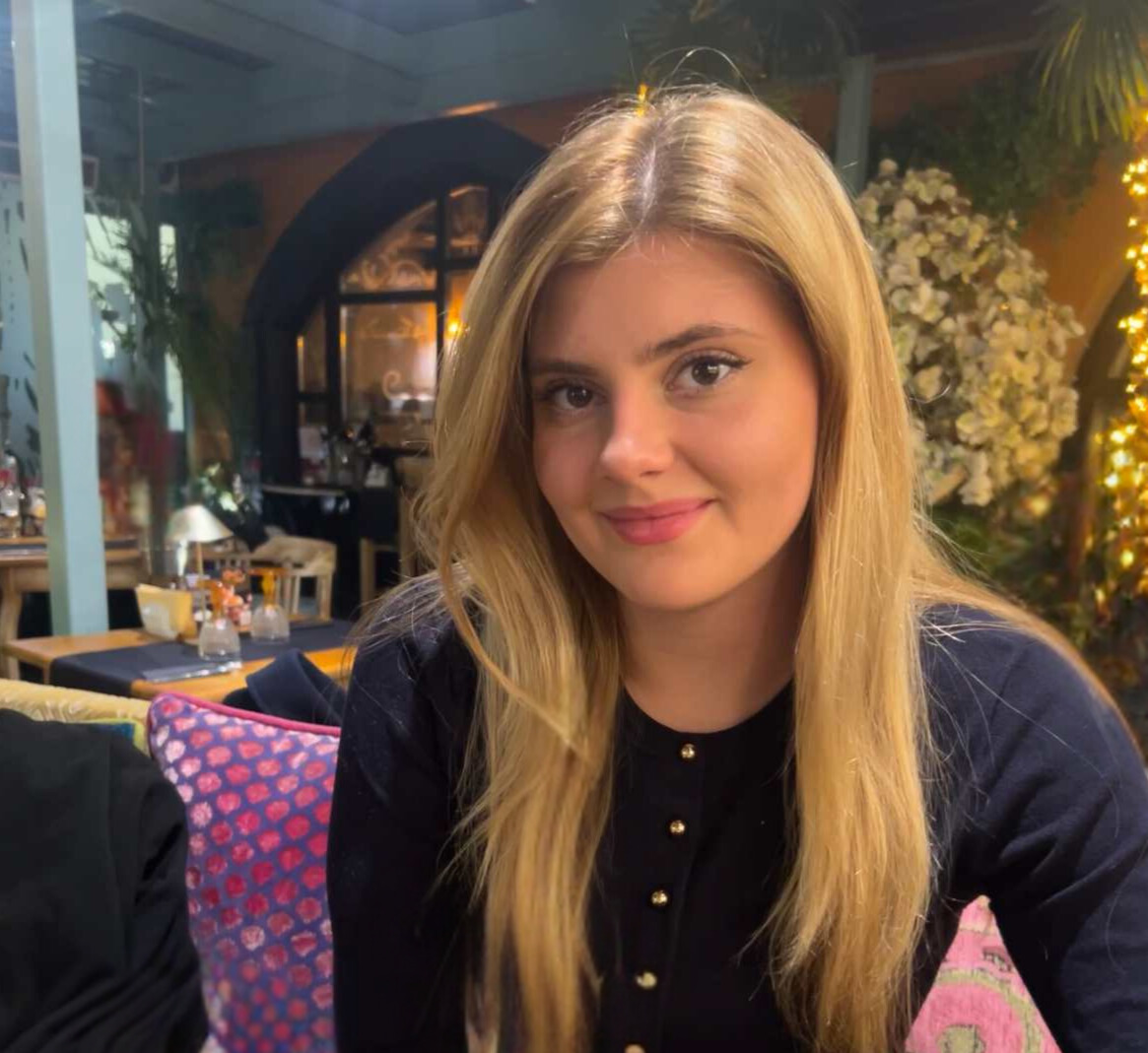Summary
TL;DR: With the right prep, dental tourism can pair high-quality care with lower overall costs. This guide shows how to vet clinics, plan stays for dental implants abroad (including All-on-4 and All-on-6), fly home safely, pack smart, recover day-by-day, and handle aftercare once you’re back. Always follow your treating clinician’s instructions and confirm you’re fit to fly before booking return travel.
Before You Book: Safety, Candidacy & Reviews
- Do due diligence on the clinic and clinician. Start by confirming the dentist is licensed/registered in the destination country and that the clinic is transparent about qualifications, infection control, materials, and warranties. The UK General Dental Council advises patients to understand risks, verify who will treat them, and know how to escalate concerns before traveling for care; their patient handout also explains how to check registration and what a written plan should include.
- Check quality signals you can independently verify. Look for clinics listed in recognized accreditation directories (e.g., Joint Commission International for healthcare organizations) and ask which implant systems and lab standards are used (many reputable centers follow standards such as ISO 14801 – fatigue testing for endosseous dental implants). Accreditation is not a guarantee, but it’s a useful, public verification step.
- Confirm candidacy before flights. Share medical/dental history, meds, allergies, and recent X-rays/CBCT in the free online consult. Your clinician may recommend treating gum disease first, postponing elective work if systemic conditions are unstable, or staging treatment (e.g., grafts before implants). The CDC Yellow Book notes dental care is the most common form of medical tourism for U.S. travelers and stresses understanding licensure/oversight differences and planning for complications; a pre-travel dental check is prudent.
- Read reviews critically. Prioritize case galleries that match your procedure (e.g., full-arch implants). Look for patterns in communication, hygiene, and follow-up – not just star ratings. Use platforms (like Booking Dentist) that encourage verification, provide transparent reviews, and offer a patient manager to coordinate consults and aftercare.
Are you from the UK and you’re considering a dental treatment abroad? Our UK patient guide for dental tourism in Hungary and Turkey is for you.
Get a free quote today
Fill out our form and a patient manager will contact you shortly
How Long to Stay by Procedure
Stays vary by procedure and individual healing. Use this as a planning baseline; your clinic’s plan overrides everything.
| Procedure | Typical trips & stay | Notes |
|---|---|---|
| Single/multiple implants (two-stage) | 2 trips. Trip 1 (placement): ~3–5 days; Trip 2 (restoration): ~5–7 days after osseointegration. | Most conventional cases load the final crown after several months of healing; timing depends on bone quality and the clinician’s protocol. |
| Full-arch (All-on-4/6) immediate | Often 1 trip of ~7–14 days per arch (temps fitted soon after surgery). A brief second visit may be advised for the definitive bridge. | Immediate fixed provisionals are common; permanent zirconia/titanium frameworks may be delivered later per protocol. |
| Veneers / crowns (smile) | 1 trip of ~5–7 days for 6+ units. | Includes prep, try-ins, lab work, and final fit; extra buffer helps with adjustments. |
| Bone graft / sinus lift | Staged; allow additional healing time before implant loading. | Often extends the overall timeline; confirm whether this is anticipated in your plan. |
Flights & Fit-to-Fly (Before/After Procedures)
Cabin pressure changes can aggravate post-op sites and sinuses. Build buffer days after surgery and fly home only when your treating clinician confirms you’re fit to fly.
A recent British Dental Journal review summarises indicative minimum waits (e.g., ≥24–48 h after simple extraction; ≥72 h after surgical extraction/implant; longer after sinus lift), but emphasizes professional judgment and patient-specific factors. Use these as discussion points with your surgeon – not rigid rules – and plan flexible tickets.
Fit-to-fly checklist:
- carry prescribed meds in your hand luggage;
- stay hydrated;
- avoid heavy lifting;
- consider a brief fit-to-fly note from your dentist if you had extensive work or sedation.
- fit-to-fly for veneers/crowns: Usually shorter buffers than surgery. It’s reasonable to fly the next day if you feel well and the dentist clears you; however, when doing many units, leave 24-48 h after final cementation in case bite/comfort tweaks are needed before departure.
Dental Implants Abroad: What to Expect
- Planning & consent. Expect a structured plan (diagnostics, brand/components, anesthesia, visit count, healing timeline, restoration type). A written plan helps you compare like-for-like and avoid surprises – consistent with regulator advice to know who’s treating you, with what, and on what warranty terms.
- On arrival. Partner clinics at Booking Dentist offer airport transfers and English-speaking coordinators; first-day imaging (panoramic/CBCT) refines the plan. Clinics aiming at international patients often showcase digital planning and in-house labs for same-week provisionals.
- Surgery day. With local anesthesia (and optional sedation), implant placement is typically outpatient. Immediate-load protocols may deliver a fixed provisional within 24-72 hours where indicated.
- Quality signals. Ask about implant systems and lab standards. While accreditation isn’t mandatory, public listings (e.g., JCI Accredited Organizations) and standards (e.g., ISO 14801 for implant fatigue testing) are tangible quality references you can check.
- Two-stage vs immediate load. Some cases need a healing phase before final crowns/bridges; others (especially full-arch) use immediate provisionals with definitive frameworks later. Align expectations with the plan – especially diet restrictions and follow-up logistics.
For more detailed information read our complete dental implants guide for 2025.
All-on-4 Dental Implants Abroad (Full-Arch)
What it is. A full-arch fixed bridge on four (or more) implants, often with angled posterior implants to avoid grafting. You’ll typically receive temporary fixed teeth within days and progress to a definitive bridge after integration.
One trip vs two trips. Marketing sometimes implies “one-and-done.” In practice, many patients complete the immediate phase in one visit and either stay long enough for a definitive bridge or return for the final framework after several months. Clarify whether your quoted dental implants abroad packages include the final prosthesis.
Aftercare matters most. Strict soft-diet adherence and hygiene routines protect osseointegration. Your team will define texture stages (liquids → purees → soft foods) and cleaning protocols around the prosthesis and abutments.
Candidacy. Bone volume, systemic conditions, and parafunction influence planning. Your clinician will advise whether All-on-4, All-on-6, or alternative full-arch options (including zygomatic implants) suit your case.
Ready for your new smile?
Fill out the contact form and a patient manager will be there to guide you from research to recovery
What “Dental Implants Abroad Packages” Include
Use the table below to compare apples to apples and spot exclusions before you book.
| Common package inclusions | Common exclusions (ask!) |
|---|---|
|
|
For a general overview, read our guide for dental tourism for dental implants.
Booking Dentist encourage patients to have a written plan and to understand redress routes and warranty scope before consent – good clinics will spell this out in advance.
Veneers & Crowns Abroad: What to Expect
Veneers and crowns are restorative (non-surgical) treatments, so the process is shorter and the recovery lighter than implants/grafts.
- Quality questions to ask: How many teeth will be treated (and why), prep thickness, material choice, lab credentials, whether “Turkish teeth” (full-mouth crowns for purely cosmetic reasons) is clinically justified in your case, and what’s covered under adjustments/warranty.
- Consult & smile design: Digital photos/scans; shade and shape goals; conservative prep plan (ask if you’re a candidate for minimal-prep veneers vs full-prep crowns).
- Tooth preparation & temporaries: Teeth are reshaped (varies by case/material). A retraction cord may be used to expose margins—expect mild gum soreness for 24–72 h. You’ll leave with temporary veneers/crowns for lab time (often 2–4 days abroad).
- Lab work & try-ins: Materials are commonly lithium disilicate (e.max) for veneers/crowns or zirconia for full-coverage/high-strength cases. Do a try-in to check color, shape, midline, and phonetics (S/F sounds).
- Cementation & occlusion check: Final adhesive bonding/cement. The dentist fine-tunes your bite; a night guard is often recommended (especially if you clench).
For more in-depth information, read our complete smile makover guide for 2025.
Destinations: Turkey & Hungary

Turkey: high volume, hospitality, and modern tech
Turkey’s major hubs – Istanbul, Antalya – pair contemporary clinics with traveler-friendly logistics (transfers, bilingual staff, hotel options). Many centers highlight international training and publish warranty protocols. Cross-check claims with public accreditation directories (where applicable) and ask for implant brand documents (“implant passport”) at delivery.
Explore clinics: Dental clinics in Turkey

Hungary: EU standards, long track record
Hungary – especially Budapest and border towns like Sopron and Mosonmagyaróvár – has decades of experience with foreign patients. Patients value EU regulatory context and conservative, documentation-driven planning.
Explore clinics: Dental clinics in Hungary
Packing List
- Passport/ID, visas, flight + hotel details, clinic contact info
- Treatment plan, consent forms, X-rays/CBCT (digital + printed summary)
- Daily meds (original packaging) + list of allergies/conditions
- OTCs: pain reliever, decongestant (if your clinician approves), lip balm, saline spray
- Oral care: ultra-soft brush, alcohol-free rinse (or clinic-provided), denture/guard case
- Comfort/travel: neck pillow, reusable ice pack, loose layers, water bottle
- Soft-diet support: protein shakes/powders, easy snacks for hotel days
- Electronics: phone + charger, adapter, power bank; clinic number saved
- Payments: card + some local cash (check any card surcharges)
- Insurance: policy details (trip + complication cover), emergency contacts
Recovery Day-by-Day
Healing varies; follow your clinician’s instructions. These outlines helps you plan rest, oral care, and check-ins.
Surgery Recovery – Implants
- Day 0 (surgery): Rest with head elevated; use cold compress cycles; take meds as prescribed. Avoid rinsing/spitting/straws. Small sips of cool liquids; soft, cool foods later if advised. Arrange escorted transport if sedated.
- Day 1: Expect swelling/tenderness. Begin very gentle rinses as directed (e.g., antiseptic or saline). Maintain meds. Strict soft diet (no hot, hard, crunchy, or spicy foods). No alcohol/smoking.
- Days 2–3: Swelling often peaks, then recedes. Continue gentle hygiene and soft diet. Short walks okay; avoid exertion.
- Days 4–7: Check-up for suture review/adjustments. Gradually expand soft foods (fork-tender). Keep sites clean; ask before using a water flosser.
- Days 8–10: Most bruising/tenderness fades. Maintain modified diet if implants were placed (protect osseointegration). Keep rinses until your dentist says otherwise.
- Days 11–14: Tissue typically closed; many return to regular hygiene routines (per instructions). If you’re flying home now, obtain clinician clearance (fit-to-fly); use flexible tickets if healing needed more time.
- Red flags – seek care promptly: escalating pain after day 3, fever, spreading swelling, persistent bleeding, bad taste/discharge, sinus symptoms after upper-jaw work.
Veneers/Crowns Recovery (non-surgical)
- 0–24 h: Numbness wears off; gums can feel tender from retraction cords. Avoid very hot/cold foods and pigmented drinks (coffee/red wine) for 24 h to prevent immediate post-bond staining at margins.
- 24–72 h: Mild temperature sensitivity is common; OTC analgesics as advised. Keep a soft diet if bite feels high; call clinic for a quick adjustment – most sensitivity resolves after occlusion is refined.
- Days 3–7: Resume normal diet progressively. Avoid very hard/sticky foods (nuts, toffees) that can dislodge or chip new work. Begin flossing carefully (slide out at the side if interprox contacts are tight).
- Night guard: Wear as recommended to protect ceramics from bruxism.
- Hygiene: Alcohol-free rinse for a few days, then regular brushing/flossing. Schedule a local hygiene visit within 3-6 months.
Recovery Checklist
- Take all meds as directed; finish any antibiotics
- Cold compress 24–48 h, then warm compress if jaw stiffness persists
- Gentle rinses and ultra-soft brushing per instructions
- Hydrate well; protein-rich soft diet; strictly avoid smoking/alcohol early on
- Keep all follow-ups; send updates/photos if you’ve flown home
- Don’t adjust prosthetics yourself; report anything loose or high in your bite
- Resume normal activity gradually; prioritize sleep
Aftercare at Home

- Oral hygiene & maintenance: Brush twice daily (ultra-soft around surgical sites), add interdental tools/water flossers when approved, and attend professional cleanings regularly. Long-term implant success relies on inflammation control and excellent hygiene.
- Diet & habits: Progress textures as cleared; avoid extreme forces (chewing ice, hard candy). If you grind, protect restorations with a night guard. Smoking raises implant risk – cut it out.
- Paperwork & warranty: Keep your plan, imaging, lot numbers (“implant passport”), and warranty terms. If issues arise, contact the treating clinic first; many warranties cover corrective work at the clinic (not travel). U.S. and EU authorities emphasize planning for complication pathways and understanding licensure/scope differences when seeking care abroad.
- EU residents: If applicable, review Directive 2011/24/EU resources and your country’s National Contact Point (NCP) for information on rights and reimbursement mechanics when receiving planned care in another Member State.
Pre-Trip Checklist
- Verify clinician’s registration; review accreditation/standards signals
- Share medical history, meds, X-rays; confirm candidacy and visit count
- Get a written, itemized plan (inclusions/exclusions, brand, warranty)
- Book flexible return flights (buffer after surgery); nearby, quiet hotel
- Consider travel + complication insurance; arrange a companion if sedated
- Save emergency contacts; plan soft-diet groceries near hotel
FAQ
Is dental tourism safe?
Yes – when you choose vetted clinics and follow a documented plan. Verify registration, ask about infection control and implant brands, and clarify warranties and escalation routes before consent. Use public registries and accreditation directories where applicable. Booking Dentist will make sure you receive safe dental work.
How do I vet a dentist abroad?
Check registration, years of experience in your procedure, independent reviews, case galleries, and whether the clinic discloses brands, lab workflows, and warranty terms. Request a written plan and ask how complications are handled. Booking Dentist only works with trusted dental clinics – you also receive a dedicated patient manager that helps you with every step along the way.
When can I fly after dental surgery?
Only when your clinician clears you. Build buffer days and book flexible tickets.
Are materials/implants abroad the same quality?
Top clinics use global implant systems and follow recognized standards; ask for the implant brand and documentation. ISO 14801 describes dynamic fatigue testing used to compare implant designs.
What if I have a problem after I return?
Contact the clinic or your patient manager at Booking Dentist immediately. Many warranties cover corrective treatment at the original clinic. Keep records and imaging; for urgent issues, see a local dentist, then coordinate with your treating team. Booking Dentist ensures your care is handled well – your patient manager is available for any help.
Can EU residents get information on cross-border care?
Yes – check your country’s National Contact Point for rights, prior authorization, and reimbursement basics for planned care in another Member State.
What does an “all-inclusive package” usually include?
Initial consultation, x-rays, procedure fees, immediate provisionals (when indicated), airport and local transfers, and sometimes accommodation; flights and unforeseen procedures are common exclusions. Get a written breakdown and ask about warranty terms.
Will staff speak English?
International clinics partnered with Booking Dentist provide English-speaking clinicians/coordinators and translation where needed. Confirm during your consult and request written instructions in your language.
How long should I stay for implants or All-on-4/All-on-6?
Plan ~1–2 weeks for full-arch immediate protocols; conventional single implants often require two trips separated by healing. Your plan and healing determine exact lengths – follow your clinician’s schedule.
What is “Turkish teeth” / “Turkey teeth”?
A colloquial social-media term for dramatic smile makeovers (often crowns/veneers) in Turkey. More information can be found in our blog post
How long do veneers or crowns last?
With good hygiene, a night guard if you grind, and regular cleanings, ceramics commonly last 10–15+ years. Longevity depends on bite forces and maintenance.
Veneers vs crowns – how do I choose?
Veneers are thinner and conserve more enamel – good for shape/color changes when teeth are structurally sound. Crowns cover the whole tooth for strength when there’s heavy wear, cracks, or large fillings. Your clinician will match material (e.max/zirconia) to function and aesthetics.
What if a veneer/crown chips or feels high after I return home?
Contact the treating clinic first or Booking Dentist. Minor high-bite adjustments can be done locally; chipping may require a repair or remake under warranty terms. Keep your paperwork and photos for quick triage.
Do “Turkish teeth” and “Turkey teeth” always mean crowns on every tooth?
No. The term is social-media shorthand for dramatic smile makeovers, often with multiple crowns. A health-first plan may favor minimal-prep veneers or selective crowns – avoid unnecessary tooth reduction.
How do warranties generally work?
They cover specified fixtures/restorations for a stated period, usually at the original clinic, with conditions (maintenance, non-smoking, night-guard if needed). Ask for terms in writing before you consent.
Where should I start comparing clinics?
On Booking Dentist you can browse vetted listings and book a free consult to confirm candidacy and timelines: Links: Turkey | Hungary |
All locations: Compare clinics.
Compare Clinics & Get a Free Quote
Ready to explore dental implants abroad? Compare vetted clinics, read transparent reviews, and get a free first consult with coordination from a dedicated patient manager by filling out the contact form below.
Notes:
- Medical content is informational and not a substitute for personalized advice; always follow your treating clinician’s instructions.
- Time-sensitive travel/safety statements are framed around clinician clearance and supported with current regulator/peer-reviewed references for context.


